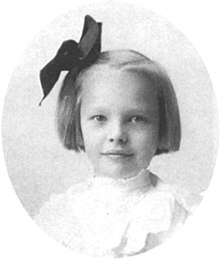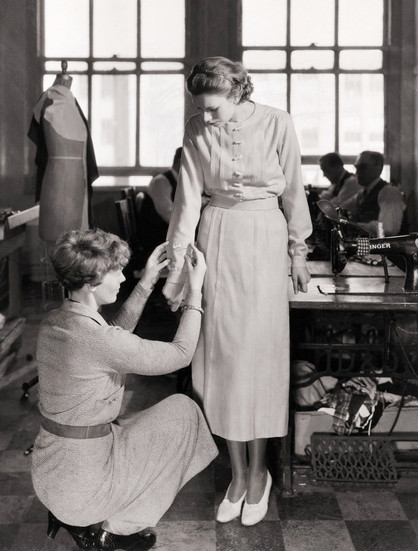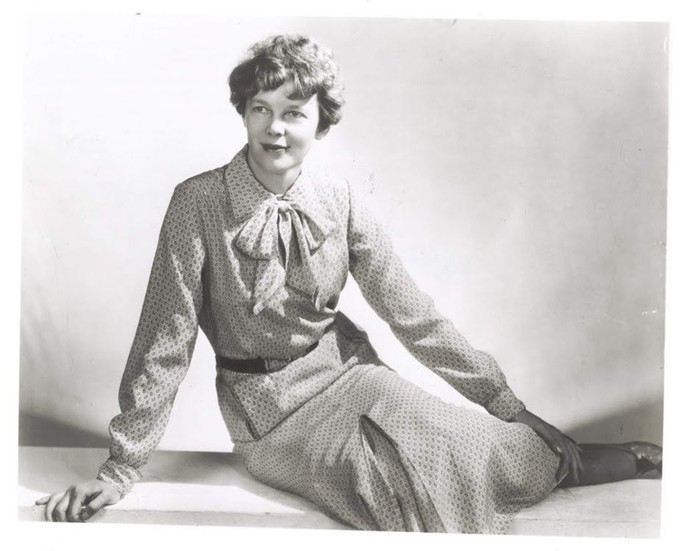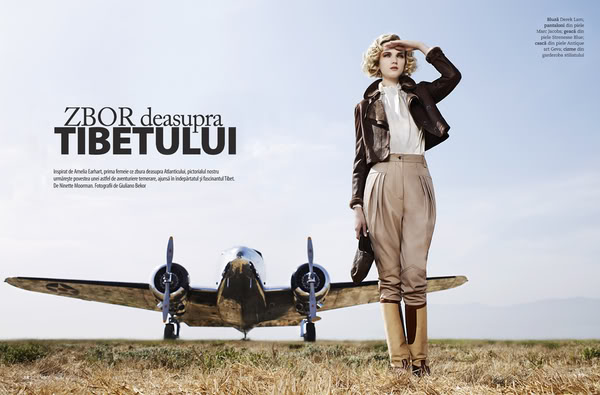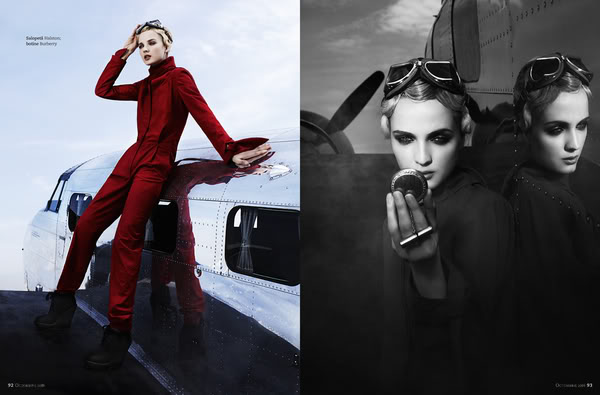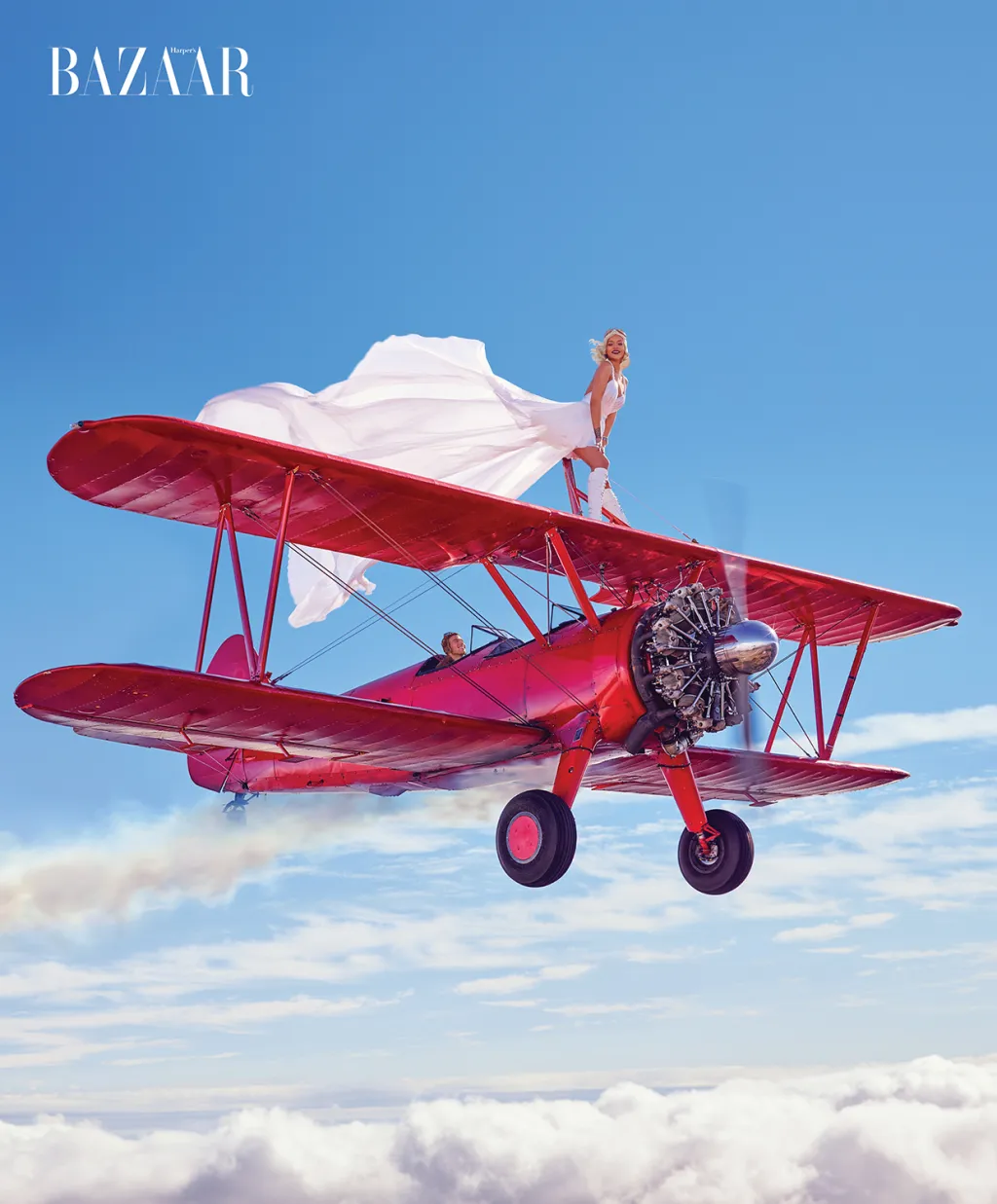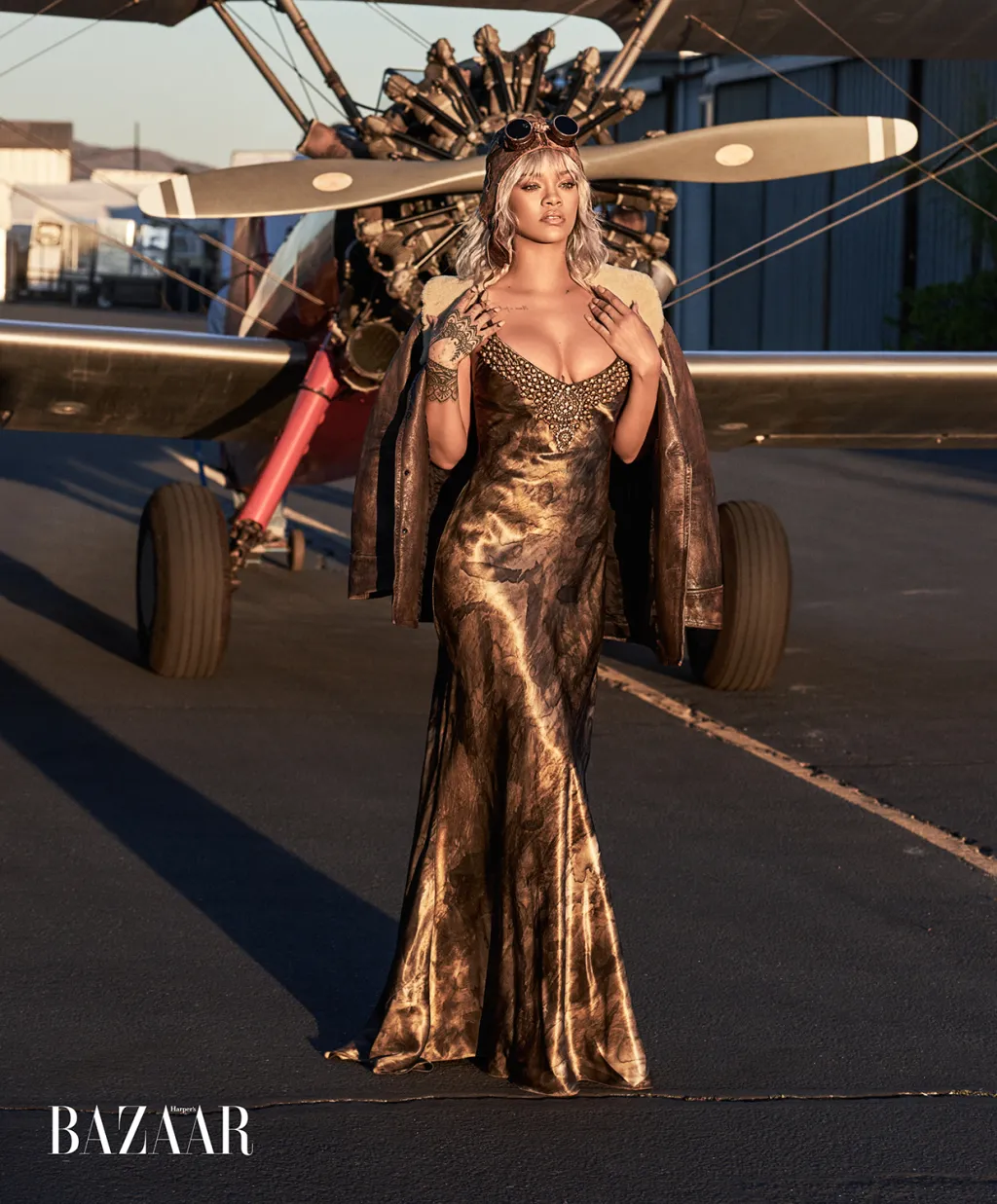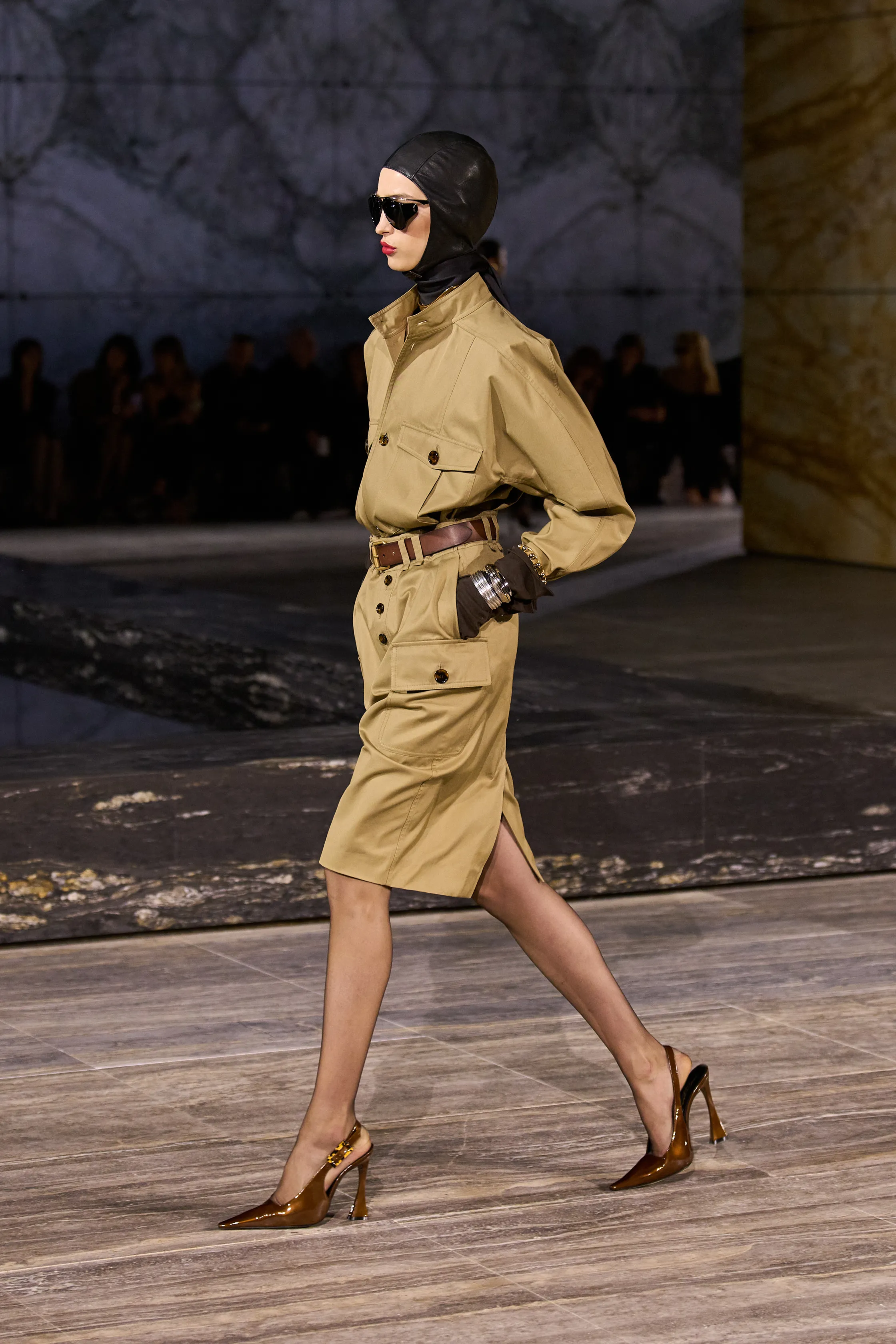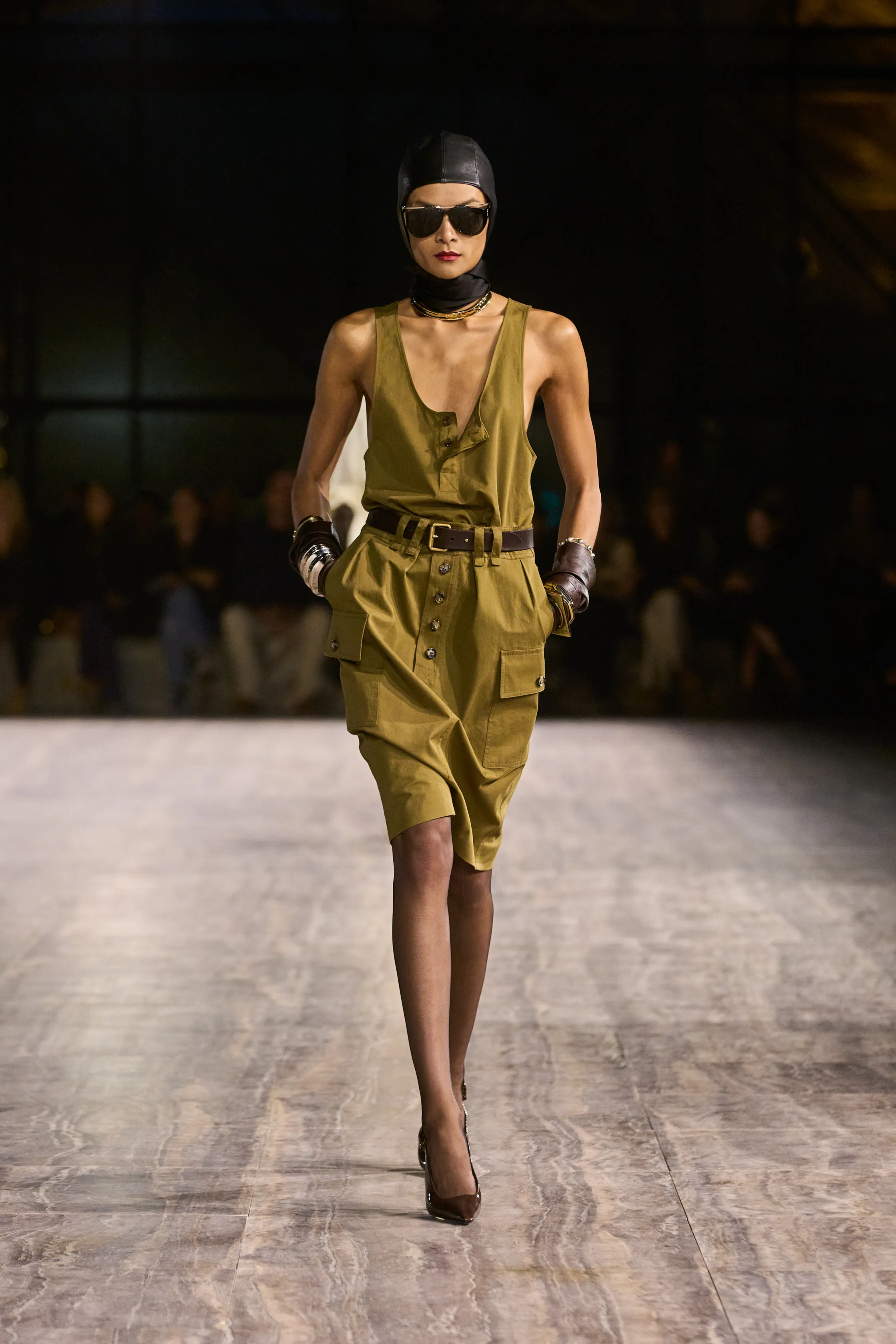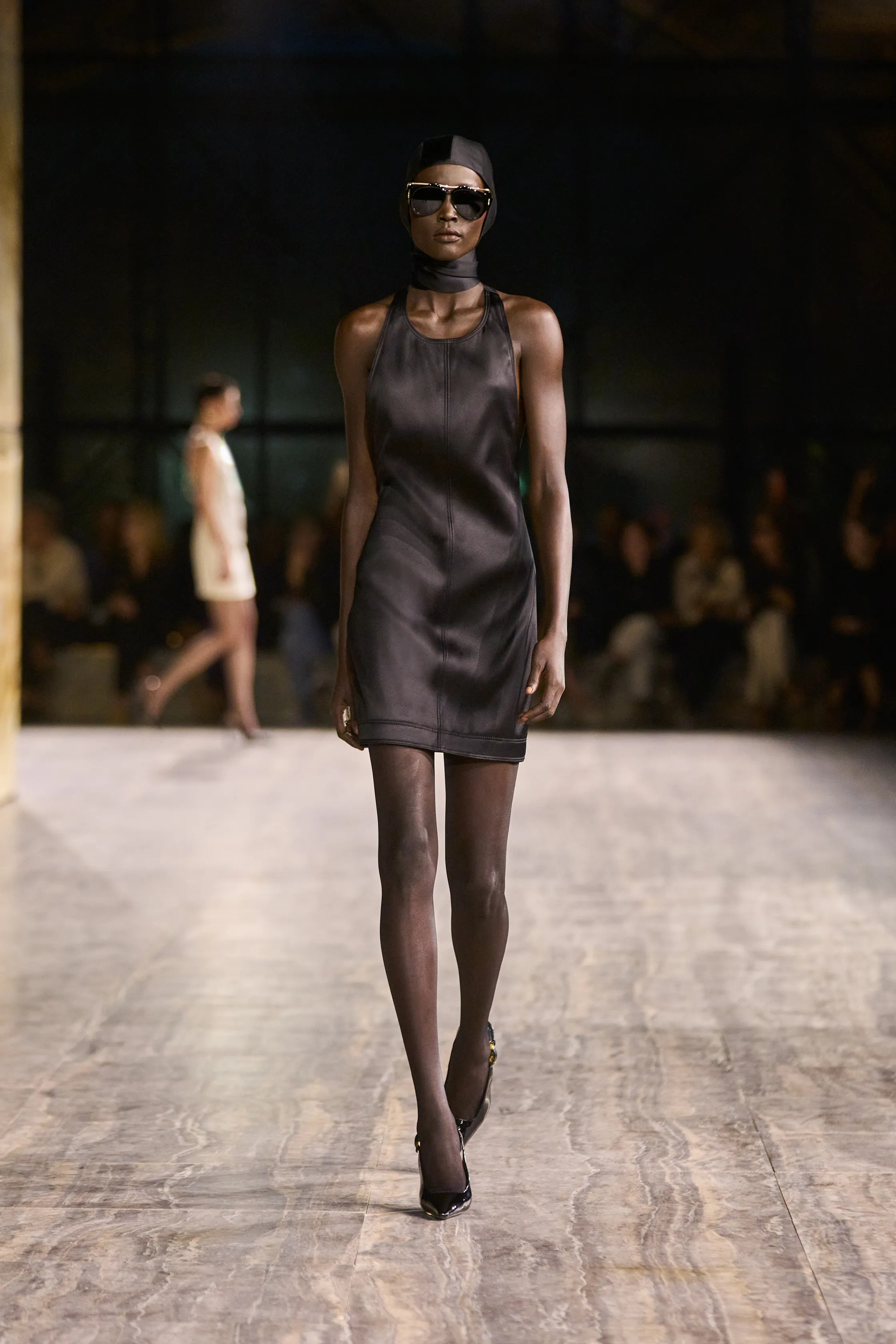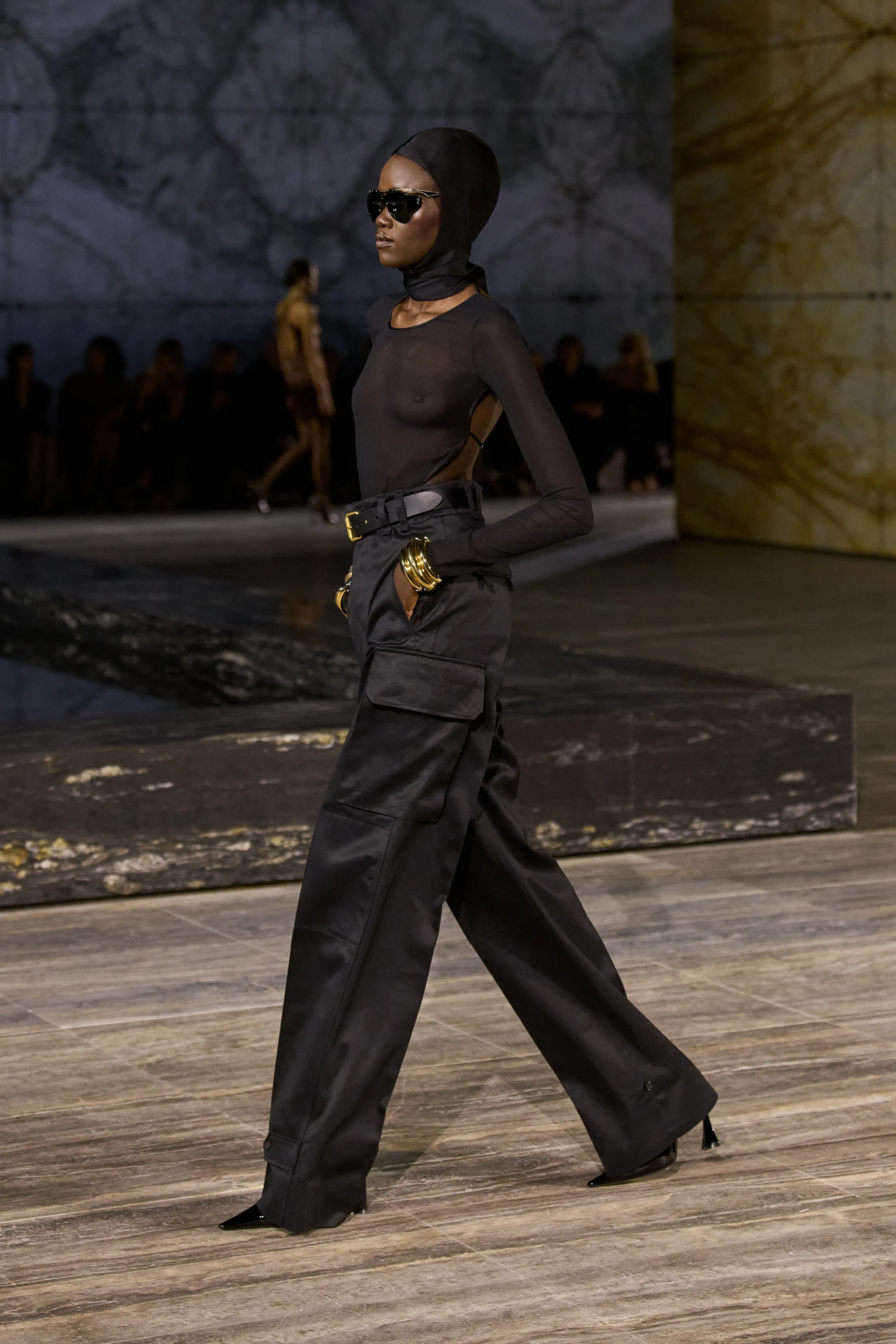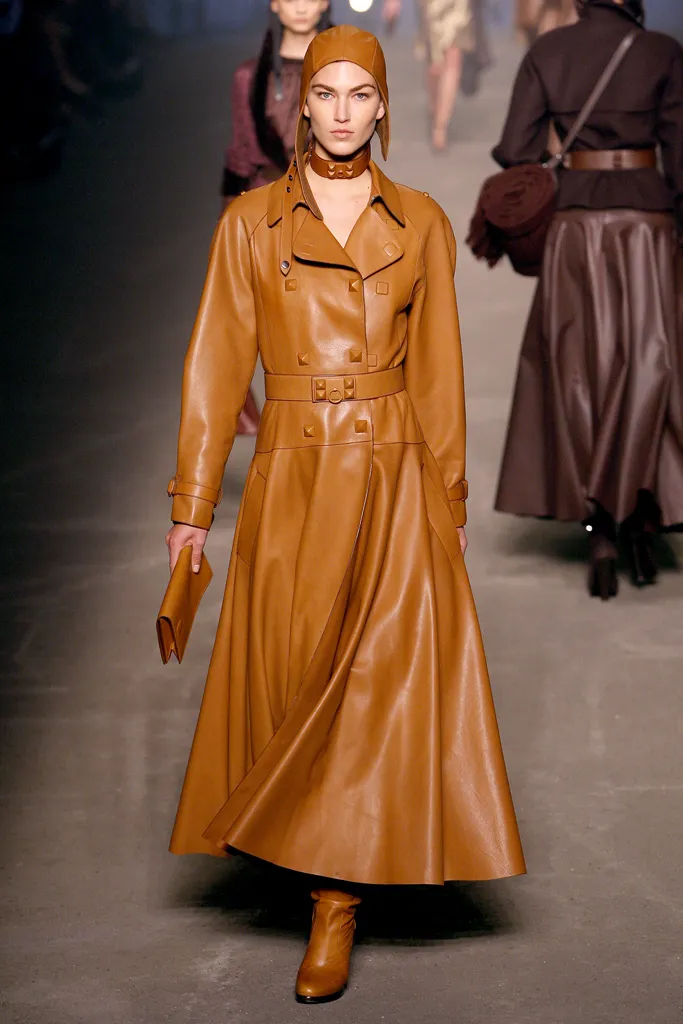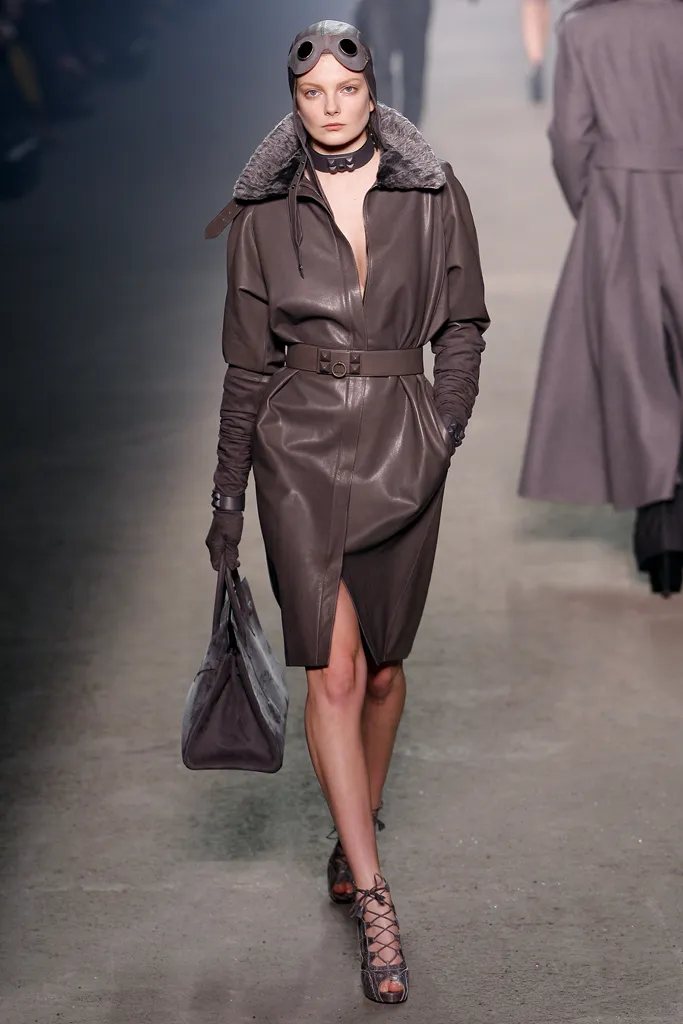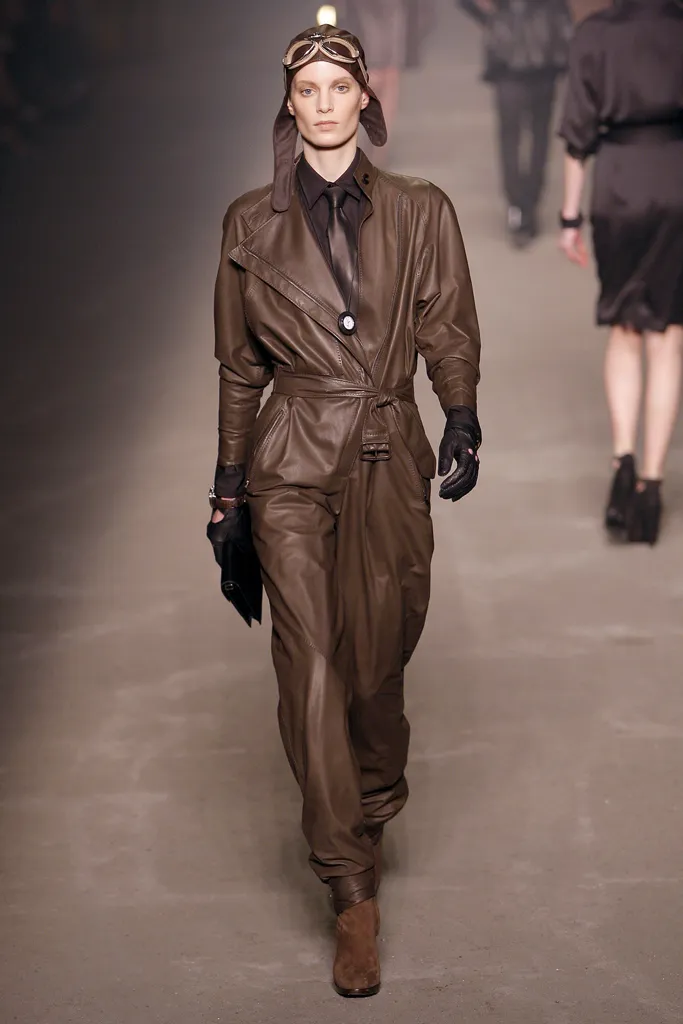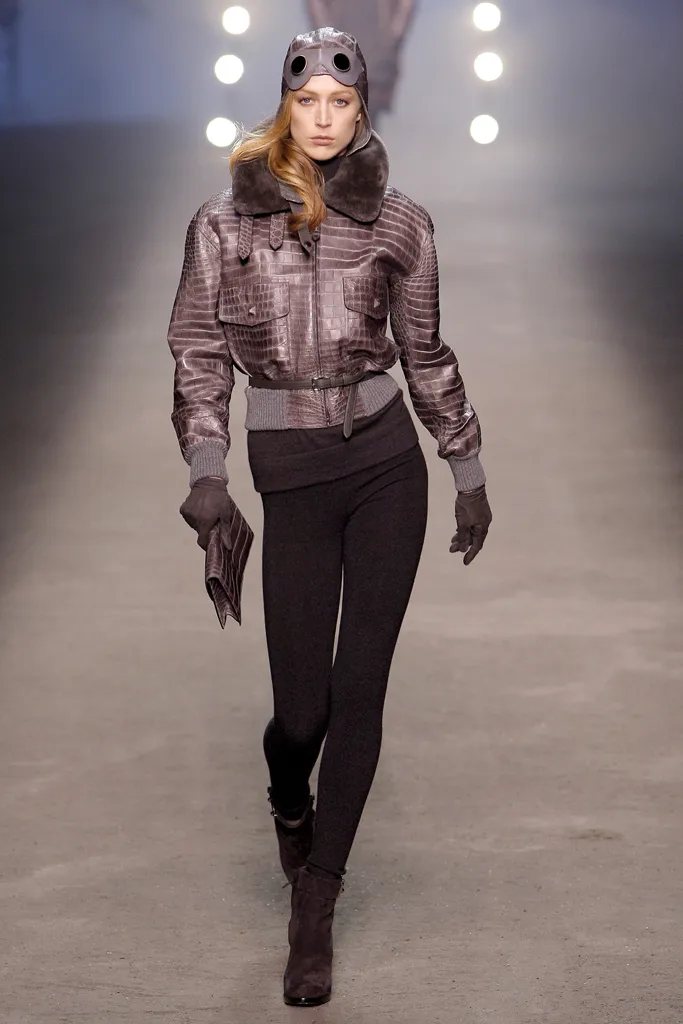- Yaara Keydar
- Feb 19
- 5 min read
Updated: Apr 15
Amelia Earhart became one of the most fascinating and influential figures of the 20th century due to her impressive achievements in aviation and her mysterious disappearance that continues to intrigue the world today.

But alongside her remarkable career in the world of aviation, few know that she was also a pioneering fashion designer who offered innovative clothing for women years before the style she promoted entered the fashion mainstream. This surprising connection between a trailblazing woman and style and fashion is also a topic that fascinates me the most. Amelia Mary Earhart was born in Atchison, Kansas on July 24, 1897. She spent much of her childhood with her grandparents due to her father's frequent travels as a railroad claims officer and developed an adventurous and independent spirit from a young age. She kept an album with newspaper clippings about successful women and even took an auto repair course.
Her passion for aviation was ignited on December 28, 1920, when she first flew with pilot Frank Hawks in Long Beach, California. The experience was transformative, and she later said, "As soon as we left the ground, I knew I had to fly." Determined to pursue her newfound passion, Earhart took flying lessons in January 1921 with instructor Neta Snook. To fund her lessons, she worked various jobs, including as a photographer, truck driver, and stenographer. Earhart purchased her first airplane six months later, nicknamed "The Canary."
Earhart's aviation career quickly took off. In October 1922, she set an unofficial women's altitude record of 14,000 feet. In May 1923, she received her international pilot's license from the Fédération Aéronautique Internationale, becoming the 16th woman to achieve this distinction.
Earhart's aviation career was filled with impressive achievements. In 1928, she became the first woman to fly across the Atlantic Ocean as a passenger, but her most significant achievement came in May 1932 when she became the first woman to fly solo across the Atlantic. That same year, she also made the first solo nonstop flight by a woman across the United States.
Despite her impressive achievements in the skies, Earhart faced financial difficulties after her historic flight across the Atlantic. In search of a new source of income to continue her aviation career, she and her husband, George Putnam, turned to the fashion world. The idea for Earhart's fashion line was likely born following a visit from renowned fashion designer Elsa Schiaparelli. The two discussed the idea of practical clothes for "active living," a concept that became the basis for Earhart's future fashion line.
In 1933, Earhart launched "Amelia Earhart Fashions" in her suite at the Seymour Hotel in New York, where she offered a collection of 25 ready-to-wear items. The line included dresses, skirts, pants, and work clothes, each bearing a label with Earhart's signature in black writing, overlapping a red plane flying from left to right.

Earhart's fashion line was innovative and revolutionary for its time. She was the first to market "separates" for women, meaning not sets of bottoms and tops, allowing for buying different sizes and mixing between other pieces. She was one of the first to offer shirts with longer hems, allowing for maximum comfort and not exposing the body with large arm movements - about which she said: "I made up my mind that if the wearers of the shirts I designed for any reason took time out to stand on their heads, there would still be enough shirt to stay still tucked in!" She also used unconventional materials, such as parachute silk and incorporated elements from the world of aviation in her designs, such as propeller-shaped buttons.
Her innovation was also in the accessibility of the clothes she offered: Her clothes were priced in the mid-range, with items ranging from $30 to $55, mainly because Earhart was aware of the difficulty women had in spending money due to the effects of the Great Depression that severely impacted family budgets. Additionally, she made her sewing patterns available in "Woman's Home Companion" magazine - so her fans could save money by sewing the clothes themselves.
Despite the innovation and originality, Earhart's fashion line did not last long. It disappeared from stores shortly after its launch, probably due to the effects of the Great Depression and innovation ahead of its time. However, the effort was not in vain: In 1934, Earhart was recognized as one of the ten best-dressed women in America, an acknowledgment that highlighted her influence on the fashion world despite the commercial failure of her line.
While Earhart's fashion career was short-lived, she did not give up on her aspirations in aviation. Her most ambitious project was her attempt to become the first woman to fly around the world. On June 1, 1937, she departed from Miami with navigator Fred Noonan in a twin-engine aircraft. After several stops and flying about 22,000 miles, they reached Lae, New Guinea, on June 29.
The last leg of the journey, from Lae to Howland Island, was supposed to be the pinnacle of the historic flight, but despite precautions and careful planning, the flight encountered problems. On July 2, 1937, Earhart reported that they were running out of fuel, and her last known transmission, received by the U.S. Coast Guard cutter Itasca, stated: "We are running north and south." After this communication, all contact was lost.

A search operation for the aircraft was launched and became the most expensive in U.S. history. But despite weeks of intensive searching, no trace of Earhart, Noonan, or their plane was found. The search was called off on July 19, 1937, and Earhart and Noonan were declared lost at sea. She was officially declared dead on January 5, 1939, closing a fascinating chapter in the history of aviation and American culture.
The disappearance of Amelia Earhart remains one of the most enduring and fascinating mysteries in aviation history. Many theories have been proposed, from crash and sink to landing on an uninhabited island, to capture by Japanese forces. However, despite further research and search efforts over the years, no conclusive evidence has been found to support any particular scenario.
The final 44 days of her flight lie at the heart of artist Laurie Anderson's new album, Amelia, from the sound of engines that opens the album to her disappearance over the Pacific Ocean without a trace.
Despite the tragic and mysterious end to her life, Amelia Earhart's legacy as a pioneering aviator, innovative fashion designer, and women's rights advocate continues today. Her influence is evident in fashion shows by leading designers such as Saint Laurent in their Spring-Summer 2024 collection and in impressive fashion productions like Rihanna's for Harper's Bazaar in 2017. Other fashion houses like Cacharel and Hermès have presented collections inspired by her, and she even got her own Barbie doll as part of the "Inspiring Women" series. Fashion productions in prestigious magazines like Marie Claire continue to draw inspiration from her image, emphasizing her ongoing influence on fashion and popular culture. She remains a symbol of bold and groundbreaking style, with a sky-high biography that influences designers, photographers, and fashion editors today.

